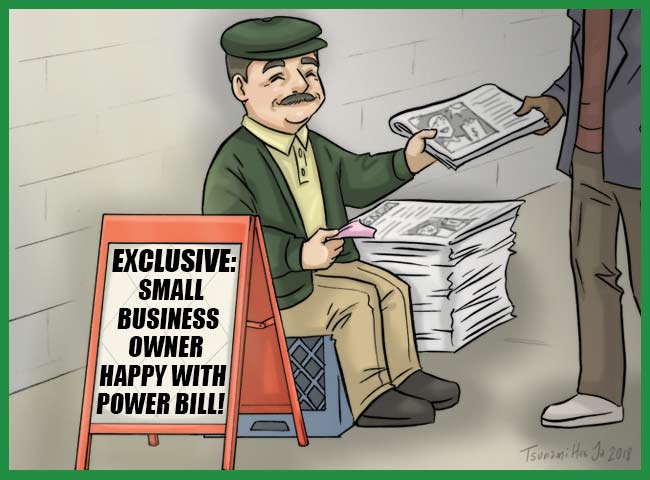
Can commercial solar power for small business really slash overheads and pay for itself in 3 years? A real-world example.
A few days ago I wrote an article on commercial solar for small businesses but I was worried it may have been a little abstract. I mentioned this to Finn, my boss1, and he said people might:
- not believe that they can get a 3 year payback on a small business solar system – it seems too good to be true
- appreciate something a little more hands on
.. and suggested I do a case study.
Well, that was fine with me because I love a good Samsonite:
But it turns out that is not what he was talking about. What he wanted me to do was write about a small business that had installed solar panels and let people know how it had turned out for them. And that’s how I came to write about College Park House and its 10.9 kilowatts of commercial rooftop solar.
College Park House Office Space
College Park House is office space near the Adelaide CBD less than 20 minutes walk from the Adelaide Botanical Gardens. (But when you think about it, how many gardens do you come across that aren’t botanical?).
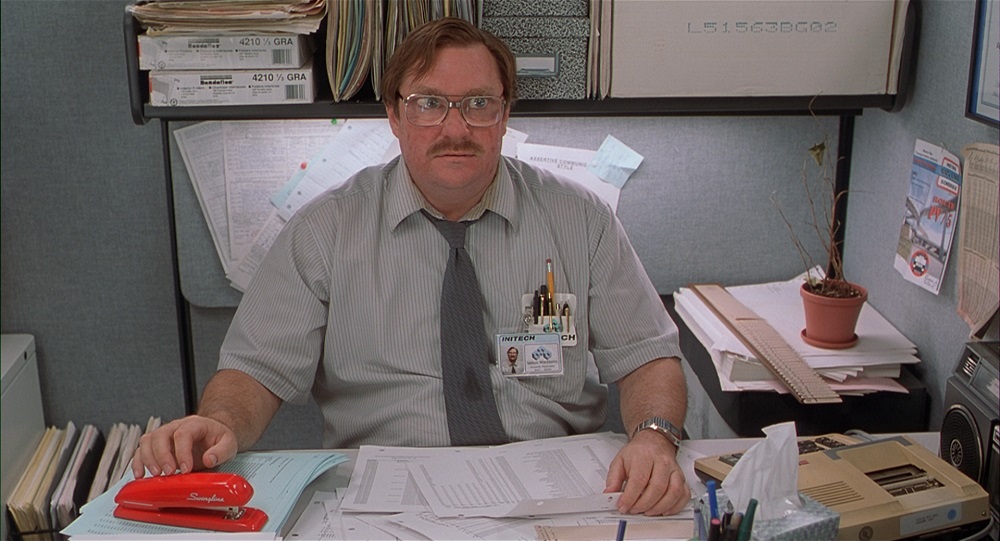
I originally thought this was a photograph of me as a young man on that afternoon I spent almost a whole hour working in an office, but my mother tells me it’s actually a still from the movie “Office Space”. I now realize she’s right because my red stapler has solar cells on it.
It is a Bluestone villa built around 1900 that has been renovated into a set of 14 offices with a boardroom and a kitchen and stuff. If you are dying to know what it looks like on the inside, here’s a floor plan:

A floor plan of College Park House. If you use this to plan a heist I shall be very upset with you. (I don’t care if you’re George Clooney.)
The dictionary tells me a villa is a large country house2. Clearly, at some point in the last 120 years, someone went and removed all the country from around it because it’s now surrounded by a large quantity of Adelaide.
Bluestone is one of the more useless words in the Australian language because it means basalt in Victoria, dolerite in Tasmania, and slate in South Australia. It amazes me that in Australia, one of the few countries where most people correctly distinguish between insects, spiders, and centipedes instead of mushing them all together into the “Hell No!” category, we thought that one word would do for three completely different types of stone.
We Australians may have made it difficult to know what we’re talking about when it comes to bluestone, but it still looks pretty nice, as this picture I stole from their website shows:
The Problem
I spoke to David3 who is the son of the owner of College Park House and the one who did most of the research into getting solar power.
He said that in the year before they had solar installed towards the end of 2013 they used:
- 25,429 kilowatt-hours of electricity over the year.
- Averaging 70 kilowatt-hours per day or 5 kilowatt-hours per office per day.
- With a total cost of approximately $8,000 a year.
The offices were not separately metered and tenants paid for their electricity through their lease, so David’s family had a clear incentive to reduce grid electricity use.
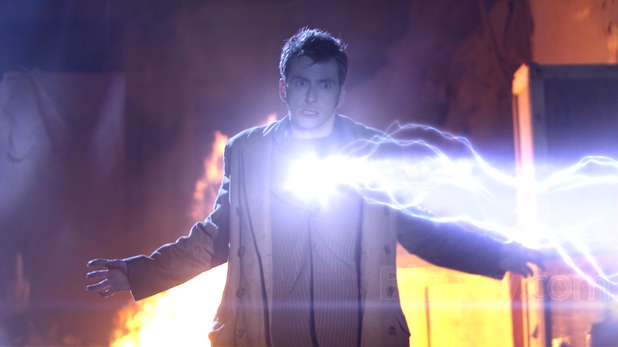
Here we see not a College Park House tenant, but a David Tennant, attempting to cope with a high electricity charge. (Image Credit: BBC)
While some energy savings could be made by replacing the large central air conditioner with a moderately more efficient model, David determined that installing a rooftop solar system would be a far more cost effective way to reduce electricity bills than replacing a perfectly serviceable air conditioner.
The Solar Power Solution
The commercial system they settled upon was 10.9 kilowatts with 42 solar panels and two 5 kilowatt inverters. The building has three phase power and so has one 5 kilowatt inverter on two of its three phases. Unfortunately David doesn’t know what brand of panels or inverters were used and merely relied on the recommendation of his installer.
Because most people aren’t experts on solar energy, this situation is very common and a major reason why Finn created our Solar 101 Beginners Guide that shows all the solar panels and inverters with a proven track record in Australia; arranged from budget price to premium. Fortunately, David hasn’t had any problems with the panels, inverters, or output of the system so far.
College Park House’s solar panels are all on one large section of roof that faces north-east and here’s a picture of it from Google Maps:
As you can see, the panels are in three rows of 14, taking up around 70 square meters. You can also see that it is located next to Blaq Books, which is probably different from Black Books.
The system cost $13,900 or about $1,300 per kilowatt. That was a competitive price for 2013.
System Payback
David estimated the payback period for the solar power system would be three years. In the year following its installation, the grid electricity consumption of College Park House fell by 63% from 25,429 kilowatt-hours to 9,396.
Thanks to daily supply charges and rising power prices, the electricity bill only fell by around 56% from roughly $8,000 to $3,500.
This results in a saving of approximately $4,500 which gives a simple payback period of 3 years. As electricity prices continued to increase it would have come to under 3 years — even before considering the fact that because the solar power system was a business investment it could be written off as a tax deduction.
I didn’t ask David for details of their business finances so I could work out how much depreciating the asset for tax purposes would have reduced the payback period, because that would have been a bit bloody nosy. But we can be certain it wouldn’t have hurt.
Looking up the effective life of depreciating assets tables for this financial year, I see that it gives a lifespan of 20 years for business photovoltaic solar systems:

(Image Credit: Australian Taxation Office)
While 20 years is a long time, if you own a small business and install a commercial solar system that costs less than $20,000 before the 1st of July 2018 you can write off the entire cost immediately.
System Output
David said he only kept track of the savings from the rooftop solar installation and not its actual generation. This means I can only estimate its output. I would expect a 10.9 kilowatt solar system facing north-east in Adelaide to generate an average of around 15,200 kilowatt-hours a year, which is only about 3% less than if it had been facing in the ideal direction – directly north. A total of 15,200 kilowatt-hours would be equal to 60% of the building’s total electricity consumption.
Solar Electricity Self Consumption & Feed-In Tariff
College Park House receives a feed-in tariff of 11 cents for every kilowatt-hour they send into the grid and pays around 44.4 cents for grid electricity. If the building self consumed half the solar electricity produced and sent the rest into the grid for that feed-in tariff, I would expect them to save around $4,200 a year. But as they are apparently doing better than this, their self consumption rate would be around 55%, which is more than I would have expected.
One reason why solar electricity self consumption may be so high is that while most people use the offices from around 8:30 in the morning to 5:30 in the afternoon, they can be accessed 24 hours a day, 7 days a week. Some people start very early, some finish very late, and some work weekends, with probably a considerable overlap between those three groups.
Commercial Solar Makes Sense
Even when allowing for the cost of capital, which the simple payback period ignores, the commercial system David had installed on the roof of College Park House would have paid for itself in under four years. As it was installed in December 2013 this means it is now paid off and should continue to operate with, fingers crossed, minimal costs for maintenance and repair for many years to come.
The system was an excellent investment when it was made and commercial solar only makes more sense now that its cost has fallen further and electricity prices have never been higher. It is very likely solar power will be the best investment a business with an unshaded roof can make. While many businesses don’t own their own roof, the return is so good it definitely makes sense attempt to come to an arrangement with your landlord to get solar panels installed. I will look into some options for renters and get back to you with what I learn over the next couple of weeks.
Footnotes
- He’s only fired me twice so far, so I’m doing quite well as these things go. Once for misusing an apostrophe and I don’t know what he sacked me for the second time because I was too drunk to remember. ↩
- At first I thought it was a large country house located in the small intestine, but it turns out that’s villi, not villa. ↩
- Well, I say spoke, but actually we’ve mostly communicated through email. Spoke just sounds a lot more dramatic. ↩

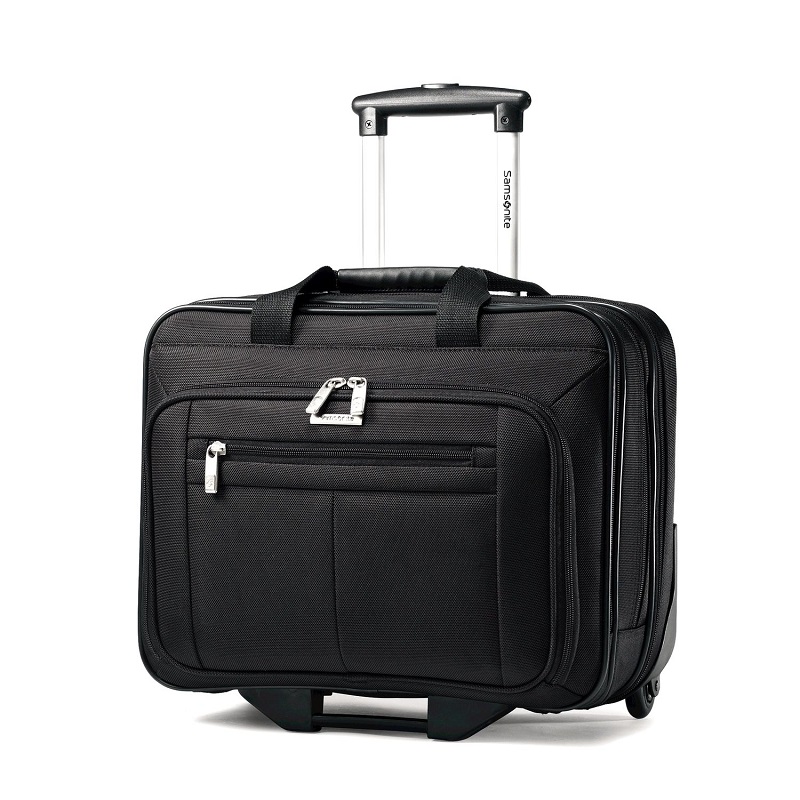
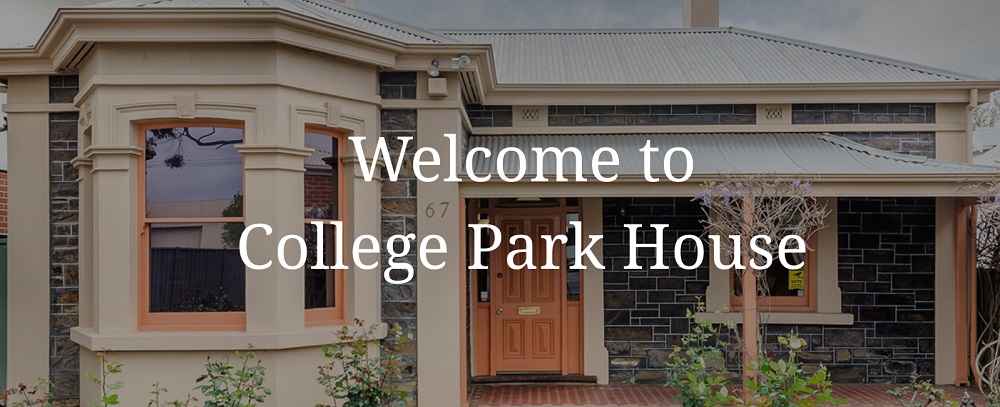
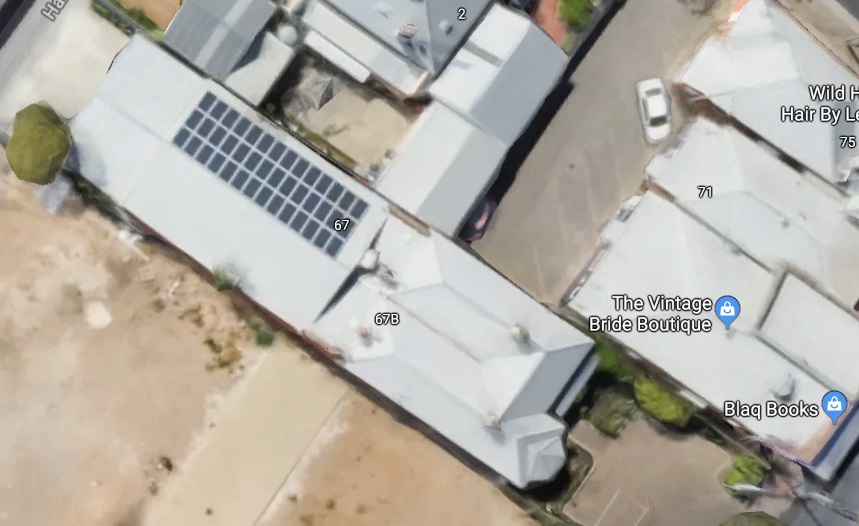
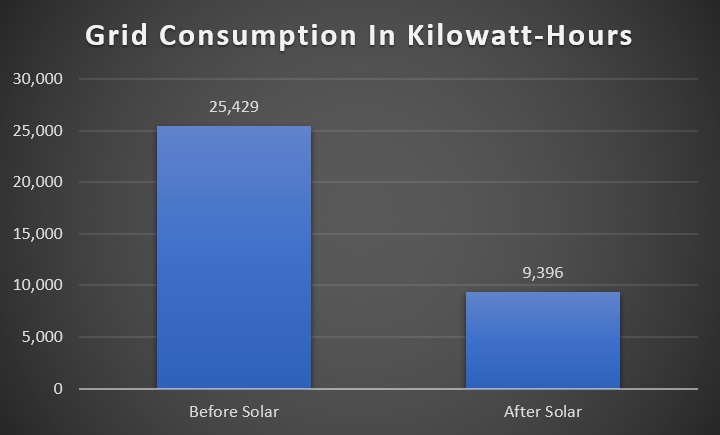

 RSS - Posts
RSS - Posts



Under system output heading you refer to generation from a N-W facing roof, yet you say the actual install is N-E and Googlemaps confirms this.
Otherwise, yes it is a no brainer….well explained
D’oh! If it’s any consolation, I can’t tell left from right either. Error corrected and well spotted there. Thank you Don.
How deliciously ironic that Tony’s Tradies accelerated depreciation is being used for solar systems instead of new utes.
“Bluestone is one of the more useless words in the Australian language because it means basalt in Victoria, dolerite in Tasmania, and slate in South Australia. ”
And here was me thinking that bluestone is copper sulphate (or, more correctly, copper (2) (or, cupric) tetraamine sulphate pentahydrate, as, rather than simply CuSO, it is more correctly, CuSO,(NH).5(HO), as it is a complex ion (as opposed to one of those complicated irons, that look like miniature Star Wars Battlecruisers). This bluestone is used for making hydrangeas produce blue flowers, and, I think, is used for killing microscopic bugs (like Condy’s Crystals, mentioned below). And, it has a pretty blue crystalline appearance. And, dissolved in water (the dissolving in water, being aided by the ammonium component of the complex ion), turns the water a pretty blue colour, whereas Condy’s Crystals (a similarly complex ion of potassium permanganate), turns the water a pretty purple colour.
Now, due to the software used for the blog, my previous post (second-last previous post) has been adulterated, by elimination of the angle brackets and the content between them.
“CuSO” is supposed to be “CuSO(subscript 4)”.
“CuSO,(NH).5(HO)” is supposed to be
“CuSO(subscript 4)(NH(subscript 3))(subscriipt 4).5(H(subscript 2)O)”.